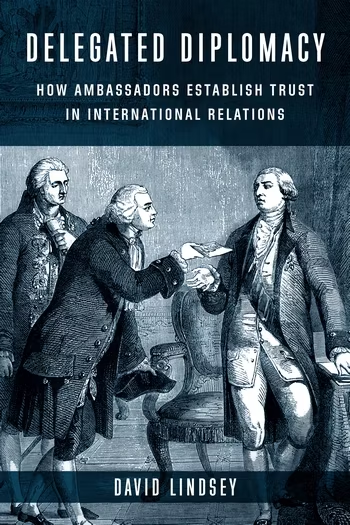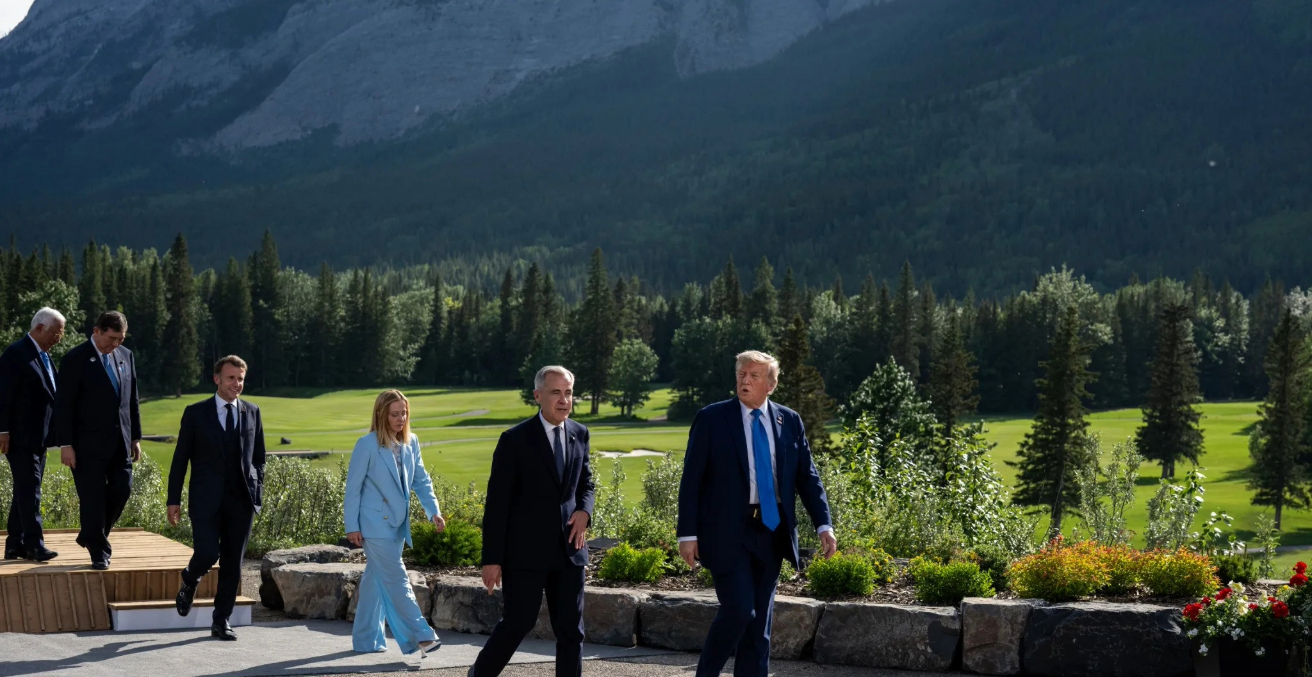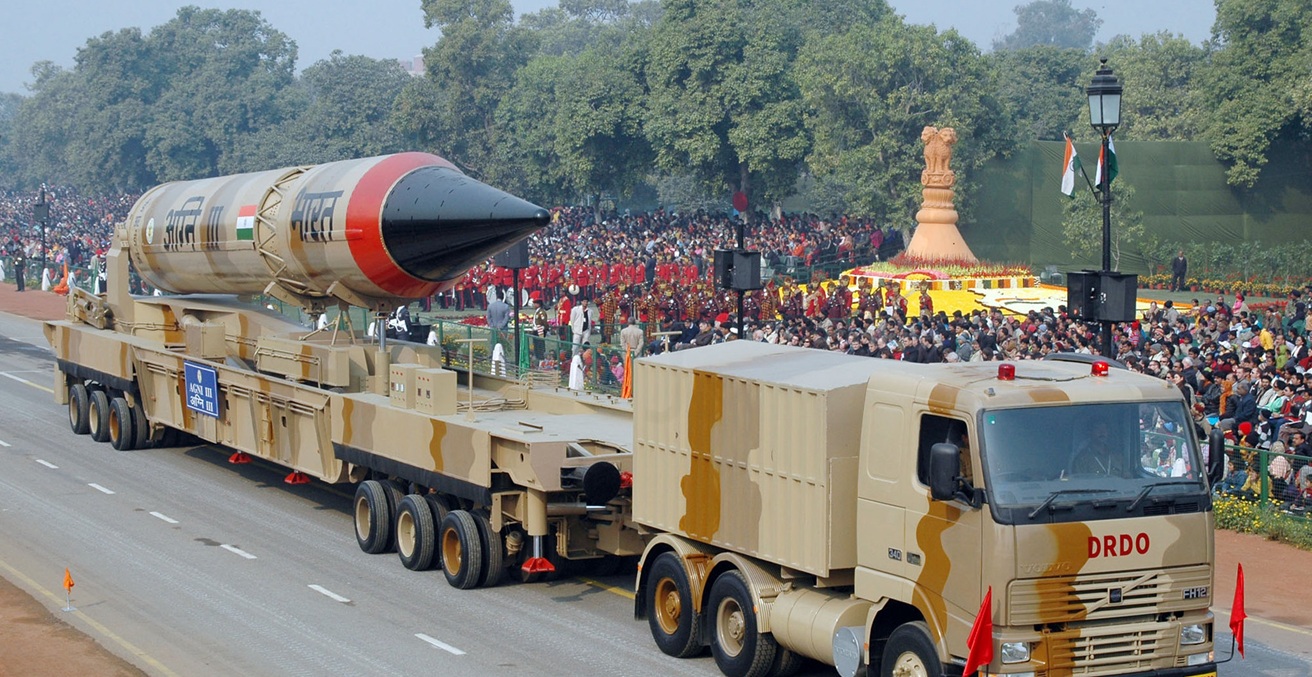Sino-American relations are fraying. While many have focused on Nancy Pelosi’s trip to Taiwan, the forthcoming India-US Yudh Abhyas Exercise in Uttarakhand will also foment concern in Beijing.
US Speaker of the House Nancy Pelosi’s visit to Taiwan has accelerated the deterioration of Sino-US relations. China, playing to a domestic audience at least as much as to perceived foreign antagonists, placed itself in an unenviable situation of its own making – Beijing threatened dire consequences if Pelosi visited the island, thereby creating the absolutist setting that initially played well to Chinese citizens. After the Speaker ignored those warnings, visited Taiwan and addressed its Parliament, Beijing had few options but tried to salvage the situation (and its bruised national ego) by initiating a series of naval and air exercises around Taiwan. By 5 PM local time on 5 August, China had flown 68 sorties and 13 warships had conducted live-fire exercises in the Taiwan Strait.
China seeks to normalise its military activity in the Taiwan Strait, another example of its salami-slicing tactic, and to deflect domestic attention from General Secretary Xi Jinping’s economic missteps. As US Secretary of State Antony Blinken remarked, “China has chosen to overreact and use Speaker Pelosi’s visit as a pretext to increase provocative military activity in the Taiwan strait.”
Given the stakes and the risk of all-out conflict between China and the US, it was only natural that the world’s attention focused on those events, causing observers to miss another development, this time in India, that could also pit the US against China. It was reported recently that India and the US would conduct the 18th iteration of their joint Yudh Abhyas (Preparation for War) exercises, this time near Auli in Uttarakhand, India. The 2021 Yudh Abhyas exercises in Alaska involved cold weather survival and mountain training. This year’s exercise will continue the training in high altitude / cold weather operations and training in critical skills and combat tasks.
At first glance, the announcement is fairly innocuous. The exercise has been conducted annually since 2004 and in Uttarakhand previously. Uttarakhand borders Tibet and has seen Chinese troops cross the Line of Actual Control, the poorly-demarcated Sino-Indian border, to enter its territory. This year, however, the exercise will be conducted at a time when Sino-US relations are at a nadir. Given China’s tendency to treat every action of the US military with deep suspicion, it would not have escaped its military planners that the US’s preparation for conflict at altitude, in cold weather together with Indian troops could imply a co-ordinated attack through Tibet in the event of a conflict. That would imply a two-front war, with US Marines attacking its east and the US and Indian troops its west.
They could have justifiable reason for concern. For various reasons, India and the US had a chilly relationship throughout the Cold War. With the collapse of the Soviet Union, India’s security partner, its own precarious financial position and the rise of China, India had few options but to engage with the US. The relationship grew at a fairly rapid pace. Apart from the commercial ties between the two countries, there has been a growing military alignment between them. India’s defence trade with the US stood at around US$15 billion in 2021, much to Russia’s annoyance. That trade was predicated on New Delhi agreeing to enter into four foundational military agreements with Washington: the General Security of Military Information Agreement (signed in 2002), the Logistic Exchange Memorandum of Agreement (2016), the Communications Compatibility and Security Agreement (2018) and the Basic Exchange and Cooperation Agreement for Geo-Spatial Cooperation (2020). Those agreements not only allowed India to purchase advanced US military platforms, including unmanned aerial vehicles, but also gave it access to US-generated real-time data and ensured compatible secure communication links. It is also a sign of their increasing alignment and confidence in one another’s capabilities that a US Navy ship, the USNS Charles Drew, recently sailed to Chennai in India for repairs and maintenance.
To be clear, and as another concerning factor for Beijing, Washington’s reasons for engendering the relationship are not purely altruistic. A declassified Trump Administration document shows that the US seeks to enhance its ties to India and to enhance its economy so that it may become a counterbalance to China. That thinking is not uniquely related to the Trump Administration, however – the Biden Administration has not changed that strategy.
That aside, India is a member of the Quadrilateral Dialogue, together with the US, Australia and Japan, four democracies that, in China’s perception, are inherently opposed to the Communist Party of China’s authoritarian model of governance. That perception logically leads to the contention that the Quad constitutes a threat to the Party’s rule, its raison d’être, and existence. New Delhi has downplayed the military aspects of the Quad, however, for fear of upsetting Beijing.
None of the foregoing is to imply that India and the US will be treaty allies in the near future; India’s policy of strategic autonomy will not permit that. Nevertheless, New Delhi finds itself in a quandary. Russia, its security partner and supplier of military systems until recently, now sides with China, New Delhi’s adversary for influence in Asia. A Sino-Russian joint statement, produced in February this year, prior to the opening of the Olympic Games in Beijing, referred to a partnership “has no limits” and stated unequivocally that “there are no forbidden areas of cooperation” between them. Watching that level of cooperation manifest in China’s refusal to speak harshly of Russia’s invasion of Ukraine – let alone condemn it – New Delhi must consider if Russia would support China to the same extent if the latter were to enter into a conflict with India. The then Soviet Union’s (and now Russia’s) geographical location and its uneasy relationship with China were both major reasons for India’s security agreements with that state. Had there been conflict between India and China, New Delhi assumed that the Soviet Union / Russia would come to its assistance, thereby opening up a two-front conflict against China and stretching that state’s capacity to prosecute the conflict. With increasingly cordial relations between Russia and China, however, India can see that security arrangement disappearing.
Its anxiety is compounded by the events of the Galwan Valley in the Himalayas in 2020, when Indian and Chinese troops clashed over the issue of the poorly-demarcated border, using their bare hands, rocks and nail-studded clubs against each other. Twenty Indian soldiers were killed in the fighting and at least four Chinese soldiers. Despite many field-level meetings between military representatives of the two sides later, little progress has been made. Chinese troops continue to venture into and occupy territory that India claims. China has also begun construction of a second bridge over Pangong Lake. India protested to China about the construction but Beijing, as usual, ignored its protests, thereby signalling to New Delhi its disregard of what it perceives as an inferior state.
It is that climate in which India and the US will conduct the Yudh Abhyas exercises. New Delhi has few options, given that Russia would likely not assist India in a conflict with China and its inability to wage a conventional war against China by itself with reasonable chance of success. If that circumstance forces India to move closer to the US, which would welcome it, China truly has cause for added concern.
Dr Lindsay Hughes was previously the Senior Research Analyst at Future Directions International.
This article is published under a Creative Commons License and may be republished with attribution.




